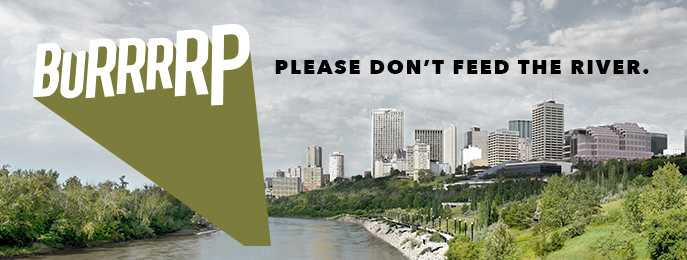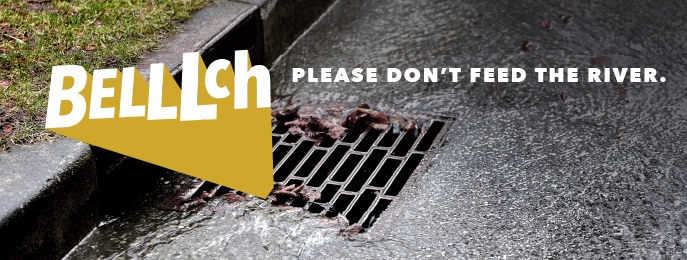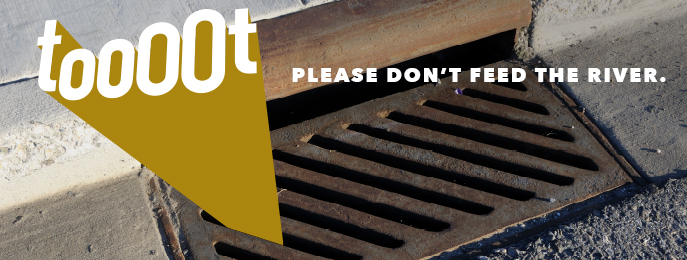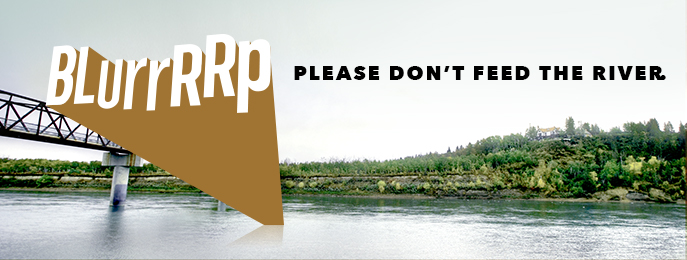Ways To Help Keep The River Healthy
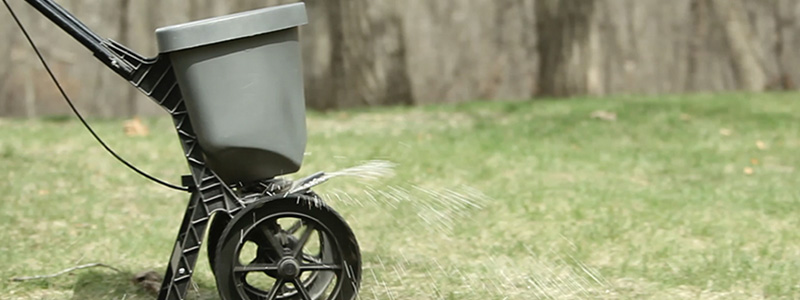 Pffft. Uh oh. That’s the river getting too much fertilizer in its system. Algae loves fertilizer—and too much algae destroys aquatic life.
Pffft. Uh oh. That’s the river getting too much fertilizer in its system. Algae loves fertilizer—and too much algae destroys aquatic life.
So what should you do?
- Use a slow-release natural fertilizer and make sure you don’t over-fertilize
- Sweep fertilizer from walkways and driveways back onto your lawn
- Water only when necessary and aim sprinklers away from paved surfaces
- If you know it’s about to rain, hold off on fertilizing—otherwise it’ll wash off your lawn right into the river
What else can you do?
- Mulch or compost yard waste. Don’t sweep debris into the gutter
- Don’t over apply pesticides or use them right before it rains
- Select plants and grasses that grow easily in Edmonton and require less water, fertilizers and pesticides
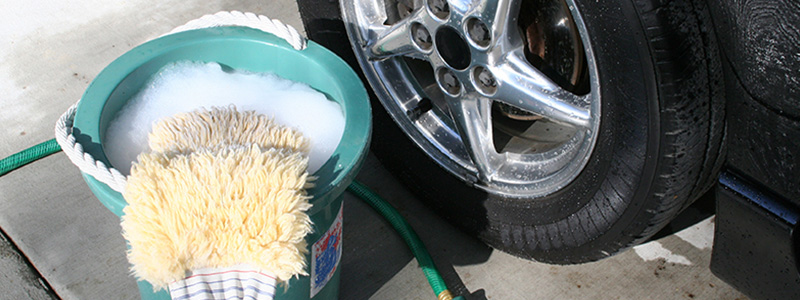 Bluurrp. Hear that? Soap doesn’t sit well with the river. Phosphates from cleaning products feed algae that kills plants and fish.
Bluurrp. Hear that? Soap doesn’t sit well with the river. Phosphates from cleaning products feed algae that kills plants and fish.
So what should you do?
- If you choose to wash your car in the driveway, use non-phosphate, biodegradable detergents
- Take your vehicle to a car wash—they recycle soapy water and dispose of it properly. That’s your best bet to keep the river healthy and happy
What else can you do?
- Sweep up your driveway rather than hosing it down
- Clean up after pets and dispose of waste in the garbage
- Purchase a discounted car wash pass to help save money
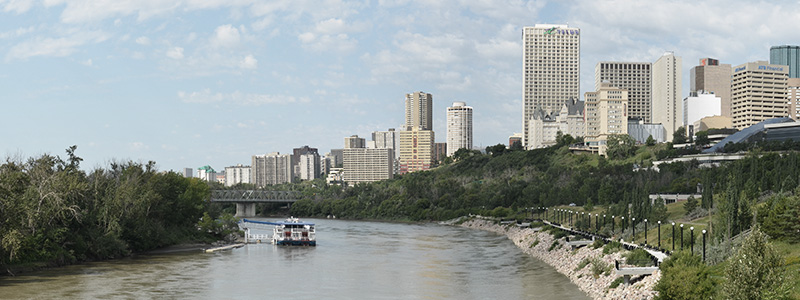 Guurrgle. Oh no. Sounds like harsh chemicals have made their way into the river. When it comes to pollution, that’s as bad as it gets.
Guurrgle. Oh no. Sounds like harsh chemicals have made their way into the river. When it comes to pollution, that’s as bad as it gets.
So what should you do?
- Make sure you don’t rinse paint cans or brushes out on the street
- If you have an oil or antifreeze spill, soak it up with sand or kitty litter, then throw it out
- Seal and store all used chemicals and bring them to an Eco Station
What else can you do?
- Only purchase non-toxic, biodegradable, recyclable products
- Try to shovel and break up ice rather than using chemical de-icers
- To prevent excess paint and chemicals, buy only what you need
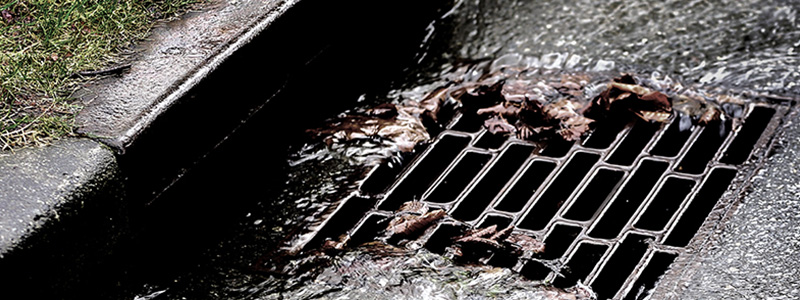 Hiccup. Yikes. Rainwater after a storm can overload the sewer system, sometimes dumping sewage into the river. Believe it or not, you can help prevent that.
Hiccup. Yikes. Rainwater after a storm can overload the sewer system, sometimes dumping sewage into the river. Believe it or not, you can help prevent that.
So what should you do?
- Avoid large hard surfaces like full yard decks and patios. More vegetation will let more rainwater drain into the ground
- Get a rain barrel. It diverts rainwater from the sewer and gives you natural water for your plants
What else can you do?
- Direct downspouts to your lawn or garden rather than hard surfaces
- Install a rain garden
- Reconsider that paved walkway—try stepping stones instead


